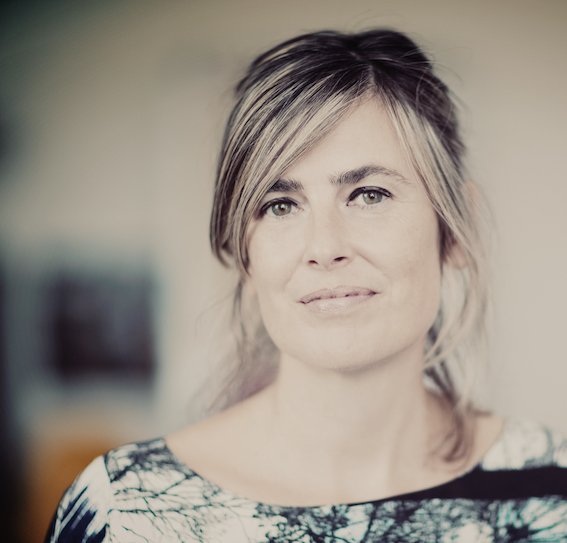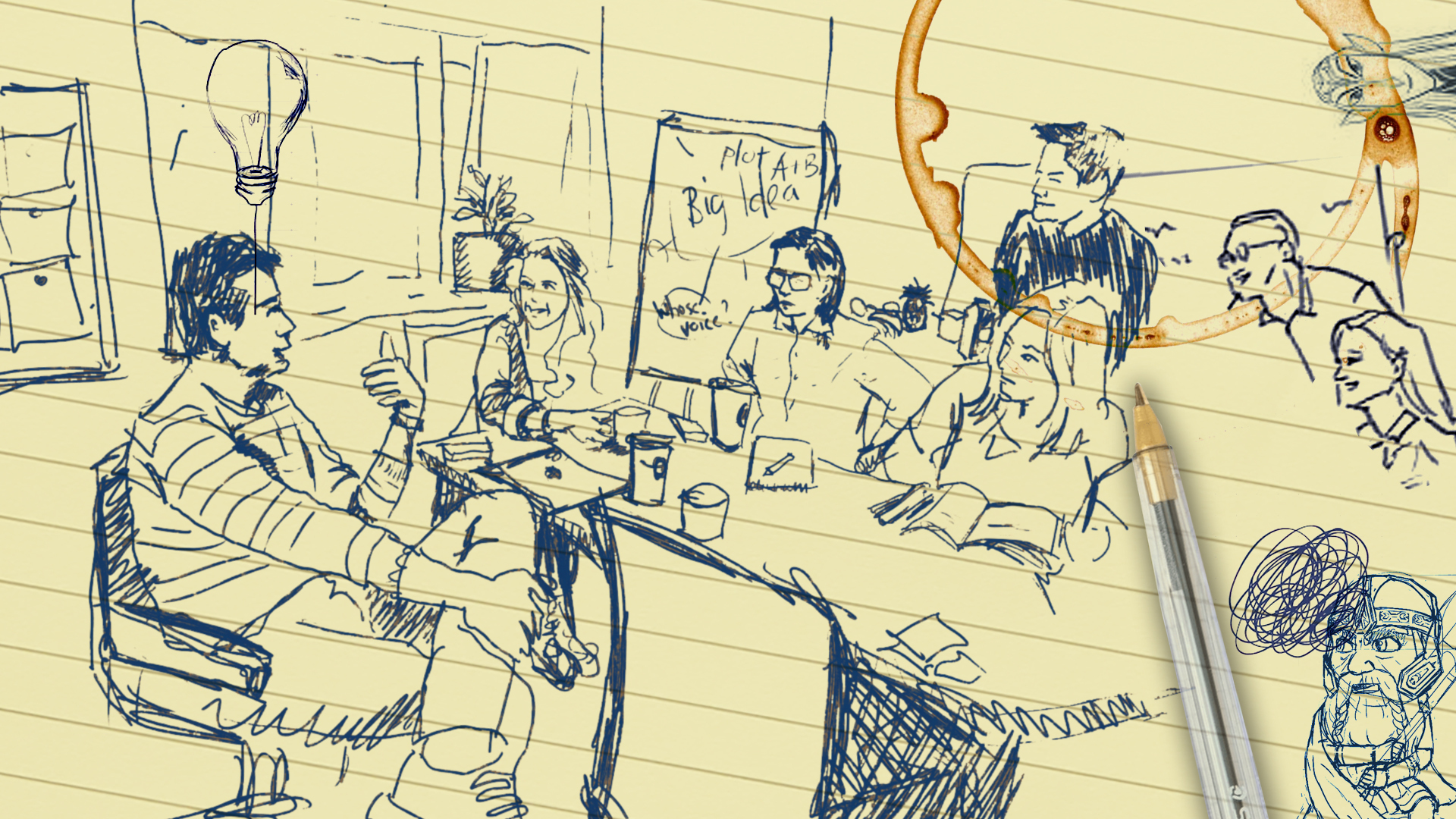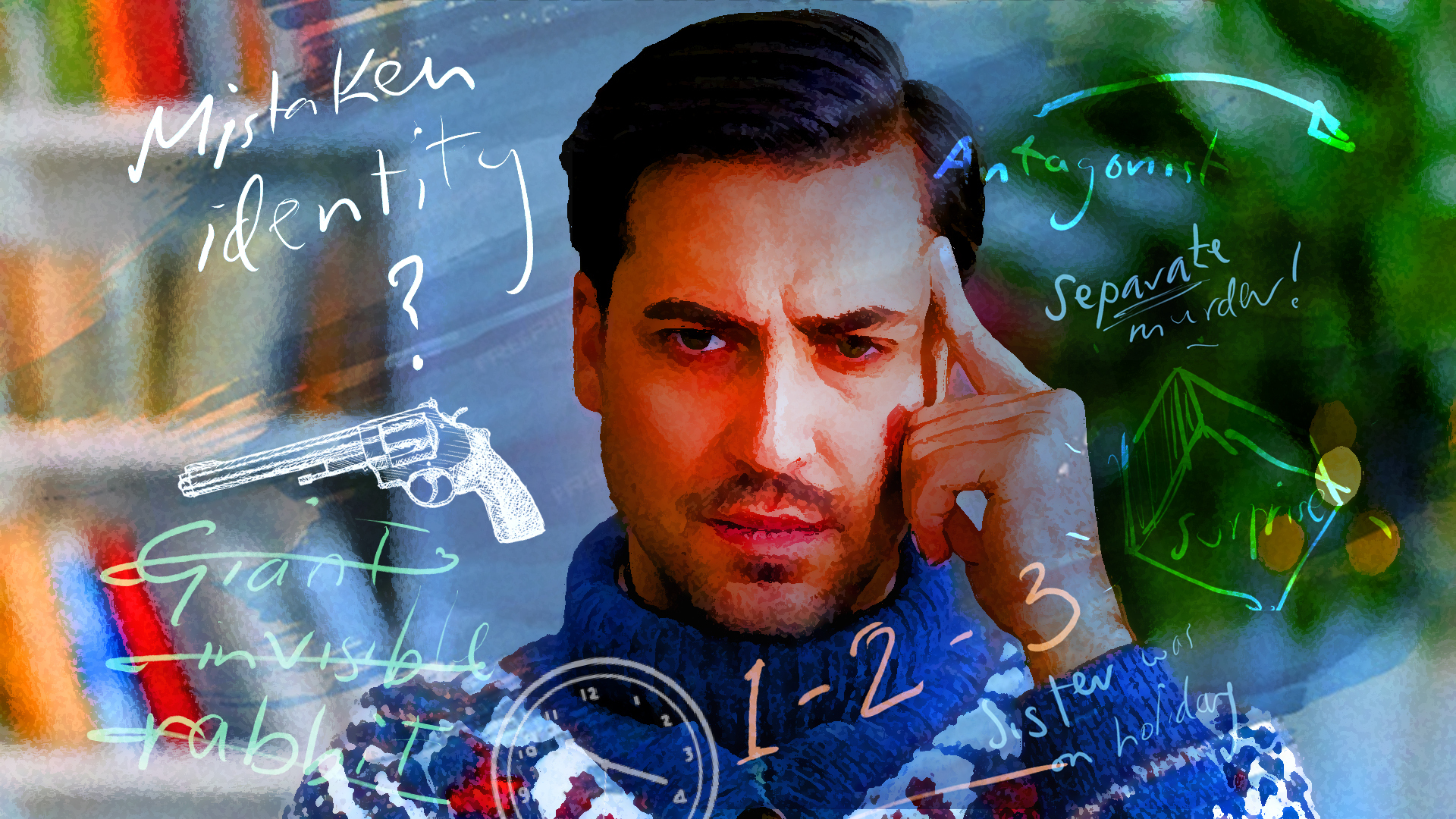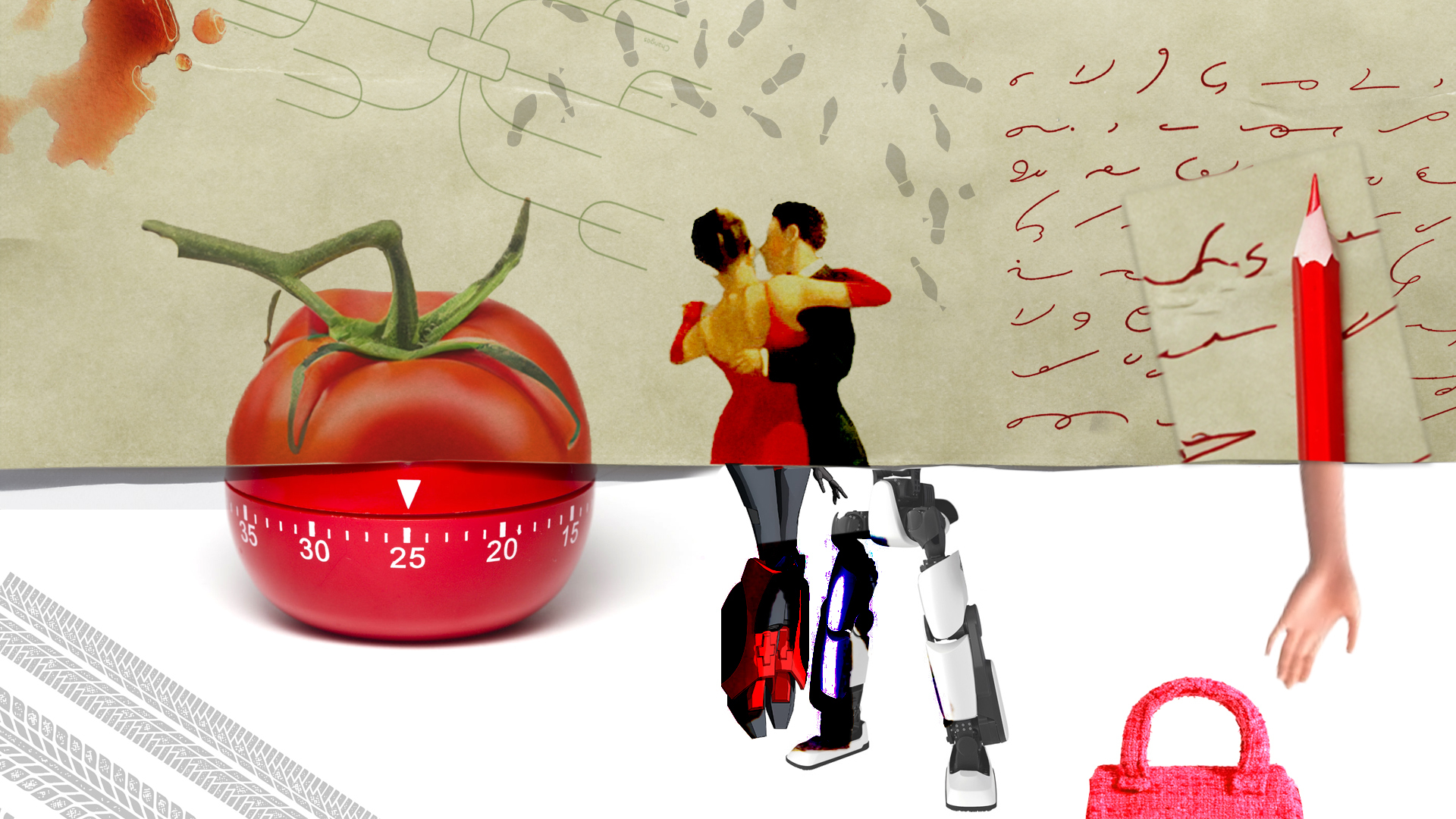When the team charged with creating ‘The Rings of Power’ for Amazon Studios got down to business, they faced a huge challenge. Firstly a vast and sprawling universe of lore, characters, and plotlines to bring into some kind of temporal, narrative and visual focus. Secondly, and in contradiction, filling in a very hazy storyscape, where Tolkien left only notes and sketches.
The Lord of the Rings isn’t really a sequel to The Hobbit, but a conclusion of events that began many thousand of years before in The First Age of Middle Earth – a period for which Tolkien had created a whole mythology, a pantheon of gods and demi gods, and strange and familiar races of of beings: Elves, Ents, Orcs, Dwarves and Men.
For The Rings of Power the team chose to bring to life what is in essence an interstitial period between the great events of the First Age and the very familiar narratives of the Third. They took the opportunity to tell the origin stories of peoples, characters and essential plot devices that are presented fully formed in the later books – Hobbits, Gandalf and The One Ring being three obvious examples.
Which created the third challenge. How to unite at least two disparate groups of viewers? Those who love the fantasy genre but could kinda take LoTR or leave it. And others steeped in the stories to the point of fanaticism, with their own ideas for plot lines and characters, prepared to pore over every last detail.
The solution to all of those challenges – as with all epic television – was and is the writers’ room.
A writers’ room is…
Sort of what it sounds like, and then a whole lot more. It is a directed, collaborative creative effort to craft exceptional stories. Television is a visual medium, crafted by writers. The showrunner – a writer to the core – brings the initial direction and vision. The first job in the writers’ room is to sketch out and mutually agree the themes, narratives and characters that will propel the writing across time.
"Writers are freed to be everything a good writer needs to be: creative, honest, courageous, surprising, curious, experimental, risk taking."
With those safety ropes in place, writers are freed to be everything a good writer needs to be: creative, honest, courageous, surprising, curious, experimental, risk taking. Usually they are a mix of old and new hands, experts in the subject matter blended with fresh minds. Individuals’ writing comes back to the group for robust debate, more creative input – and ruthless editing. Always, there needs to be the willingness to think again, to change, adapt. In the writers’ room, firm principles are held loosely. It is the writers’ room that takes responsibility for a continual flow of ideas and stories, to a cadence governed by the needs of the production schedules.
More secrets to success in the writers’ room?
Knowing the source material. Bringing fresh, human insights to it. Diversity of experience, thinking, styles and personalities is vital. A ruthless focus on the audience and the outcome. Visualising, not just writing. You’re creating not just lines for characters, but scenes to be brought to life through film. The camera’s viewpoint is a complement, not a mirror, to the plot.
Corkscrew creativity
The character Adar, the ‘dark elf’, is brilliant, essential, and a total surprise. He tells us about ourselves and our preconceptions. He enables us to see the darkness and the obsession in characters previously bathed only in light. He’s created in the image of that darkness, but we come to understand his life force as, essentially, compassion. We expect to loath him. But he is killed, and we realise we have come to love him.
Why a writers’ room might matter to you
Why do we say all of this? Because we live in an age of marketing where truth, empathy, originality, authenticity and creativity are all under threat. It would be resonant at this point to talk about ‘the rise of a dark power’ – machine intelligence. But that would be misleading and, frankly, just a little obvious. AI isn’t really the villain here – we are. As marketers, we’re misusing the technology. Cutting corners. Cheaping out. Confusing quantity with quality, efficiency with impact.
Is this your opportunity?
But maybe there is an opportunity here too. As platforms become clogged with machine-created content that is – essentially – a sea of sameness, there has to be more room for genuine storytelling to stand out.
We reported recently on the 2024 Superpowers Index from Dentsu. Its message is that brands that tell authentic stories connect powerfully with B2B buyers who feel frustrated and overwhelmed by garbage ‘demand generation’ content. Those buyers seek out brands that understand their values and challenges, and respond with empathy, insight, fresh thinking and integrity. That means that your brand needs stories with purpose, created on purpose.
Now maybe you’re thinking – that sounds great! So what’s the solution, the process, the engine? What platform do I need for that? What does my tech stack look like? Can I subscribe?
The engine is a writers’ room. The platform is the writers’ room. That stack is varied skills, knowledge and perspectives.
And can you subscribe? Yes. Who else would you like to bring?
A role for AI
Definitely – within firm guardrails. We think we can use AI to boost our collective memory, our collective attention, and to translate our individual values and sensitivities into something shared and meaningful. What we’re not going to do is outsource the first draft of anything to an AI. As Sharon has written, committing those first few words to paper is the most valuable part of getting your own thoughts and emotions in order, and you can’t outsource that.
But can AI help us surface what we collectively know, in ways that are meaningful to everyone? Yes. Can it curate additional knowledge? Yes. Can it help us pay attention as a group to things that need our collective attention – and protect our personal time and space when we need that too. Yes. And if I’m having trouble relating to you, understanding your point of view, rubbing up against some values I don’t immediately grasp – can it provide some insight, translation, suggestion – guardedly, also yes.
Welcome to the Cohesive Writer’s Room. Bring everything you know and everything you are. We’ll bring skills, process, creativity, respect, compassion and a cadence of productivity. We’ll build a reliable engine for expressing your originality, relevance, experience, expertise, on topics that matter the most to the customers that matter to you.
Together we’ll create things that we care about, and that clients will love. Writing that will stand out, cut through and connect.
Or if you have any thoughts or suggestions about the Cohesive Writers’ Room
you can email us or leave a comment below.






What do you think?